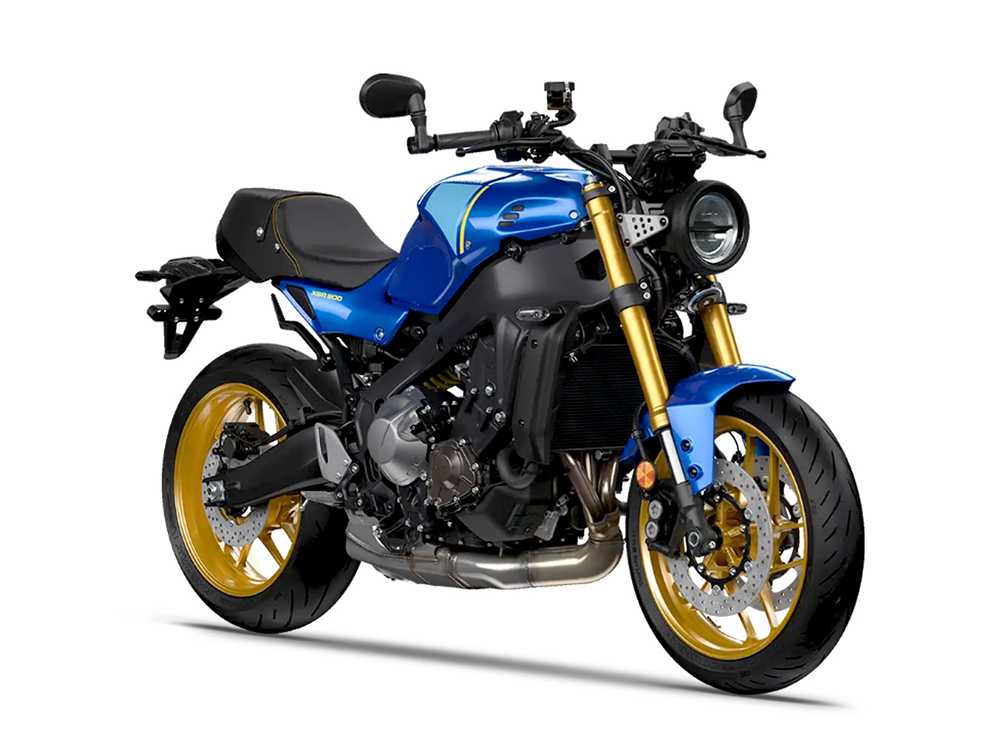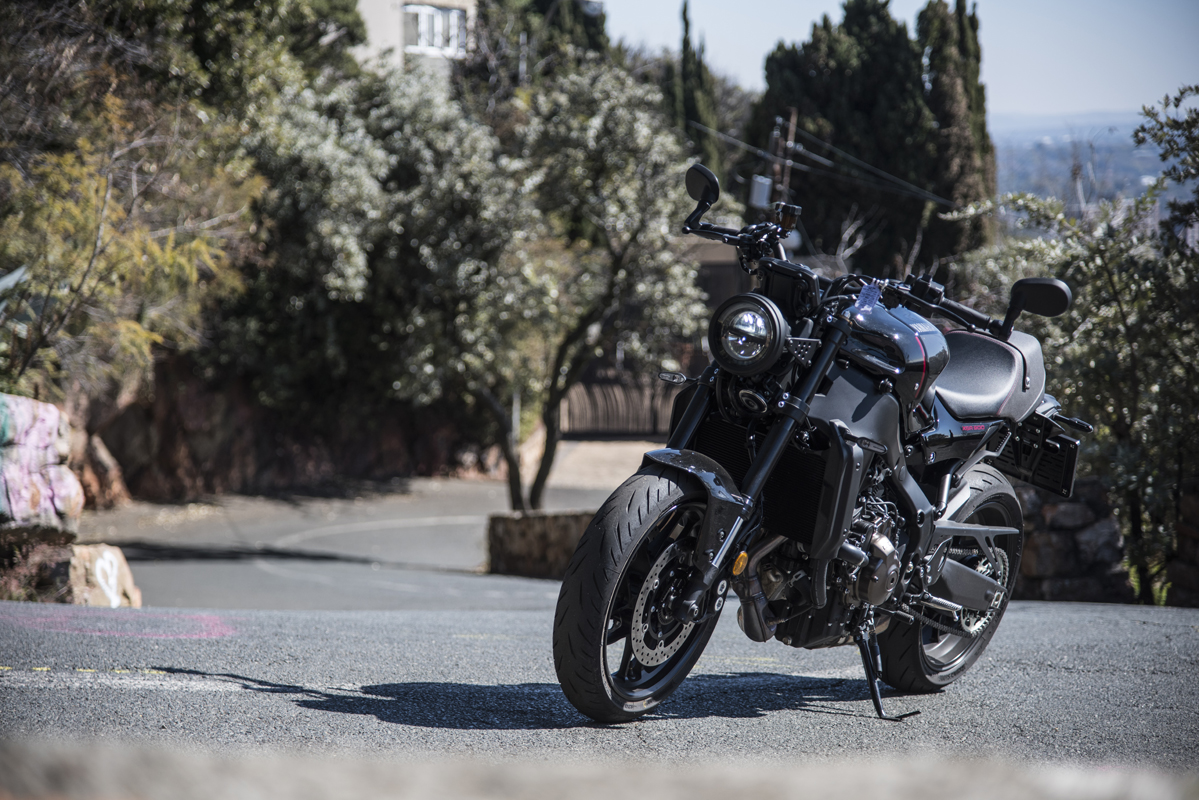
We are truly living in a golden age of motorcycle design and engineering, where the vast majority of new motorcycles in any category are incredibly polished and competent, easy and satisfying to ride. Yes, I know that that could be said for every era of motorcycle development, when looked at from within its own era – from the growing popularity of the parallel-twin engine giving unprecedented levels of performance (which is being repeated today), to the advent of the inline four-cylinder engine and disc brakes, through the eras of the superbike and adventure bike and electronics. But, have any of those eras given us so many impeccable and thoroughly supremely competent and brilliant motorcycles to ride as we have now?
The 1950s and ‘60s are held up as a high water mark of the British motorcycle, while the 1970s, ‘80s and ‘90s belong to the Japanese. However, even in those times, there were plenty of really bad motorcycles and even the good ones weren’t always 100% good for a variety of reasons: they often went well in a straight line but show them a corner and things got quite hairy very quickly, because of chassis, suspension and brake performance, let alone the issue of reliability.
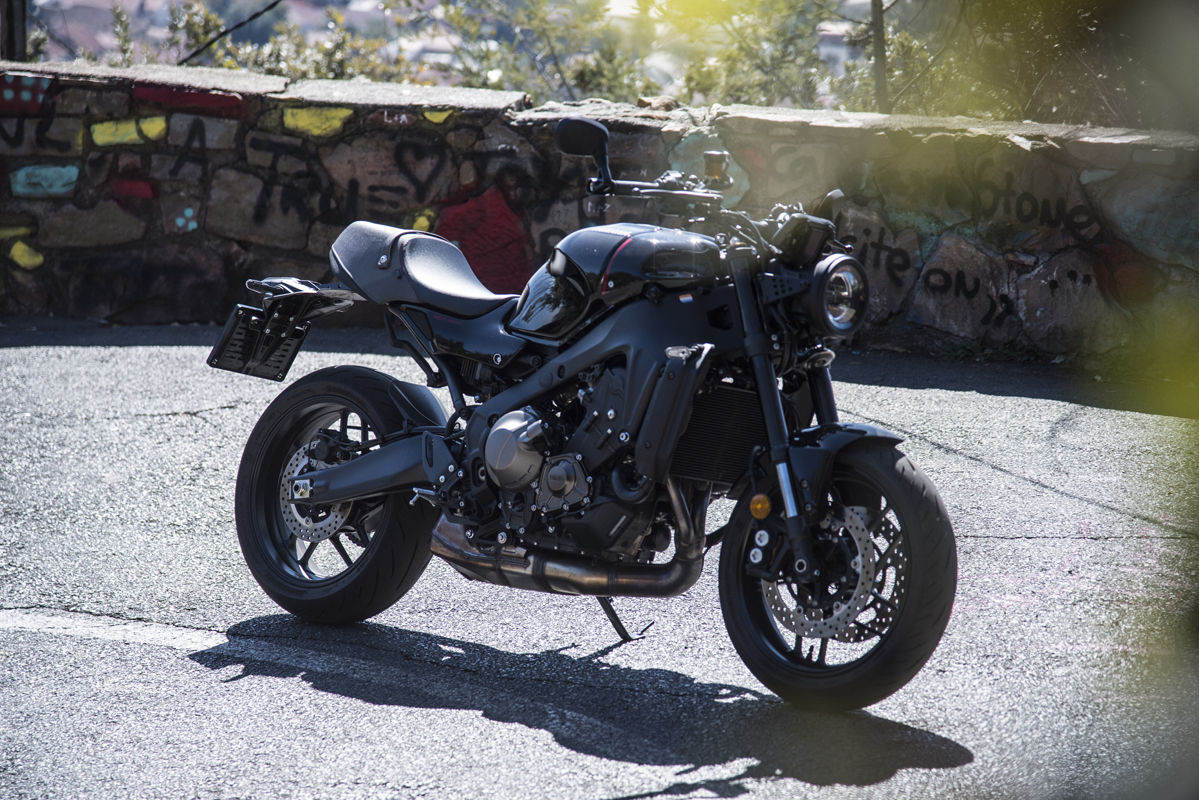
No, no matter how rosy your tinted spectacles, we are currently in a period of motorcycle engineering that has vaulted so far ahead of what we think is possible that we are in danger of not realising how good we have it because we simply cannot keep up with everything that is happening: motorcycle development is taking place at an incredible rate at the moment.
Today and in any class of motorcycle, there is not one model from any manufacturer that is inferior to another similar model from a different manufacturer. There are differences, naturally, and different solutions to similar problems but none of the models are inherently worse than any other: none of them have defects that are patently dangerous and all of them are as good as each other if you look at it dispassionately. Having said all of that, however, there are still some bikes that stand out head and shoulders above the rest.
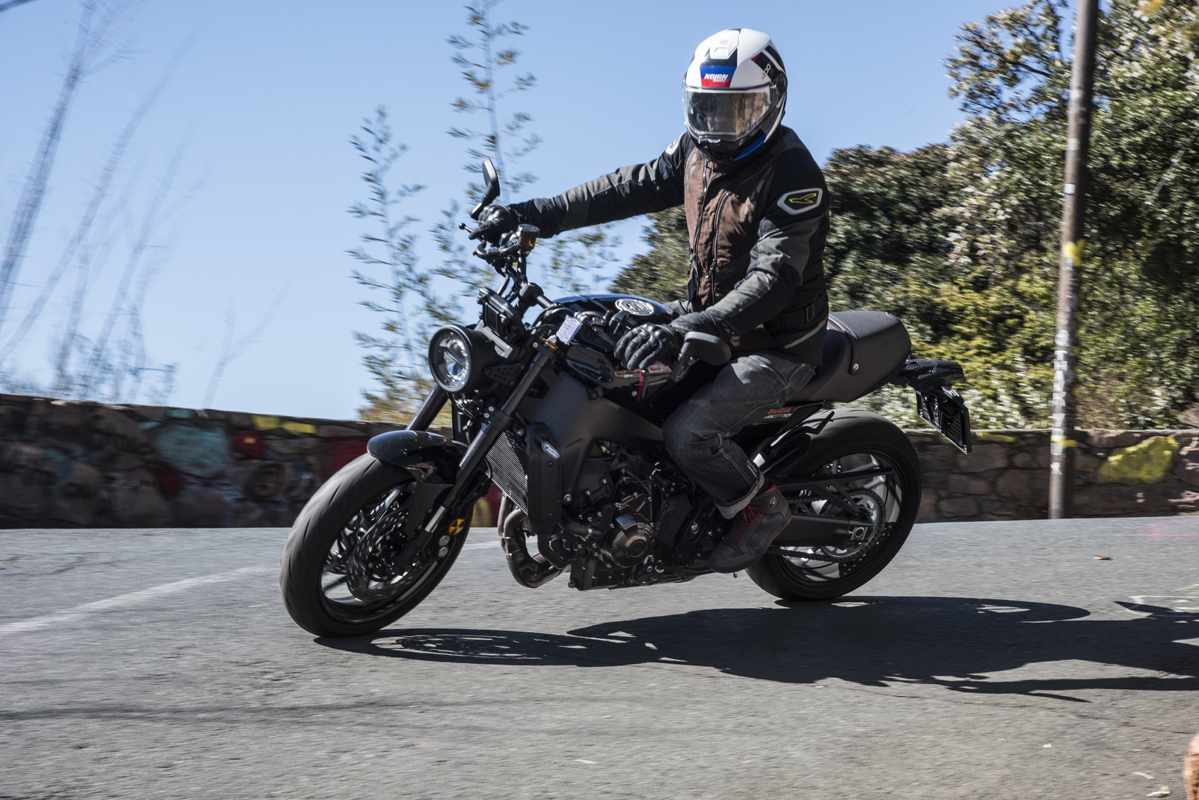
The motorcycle that has prompted this lengthy introduction is the latest version of the XSR900 from Yamaha. Nominally, it is their retro or ‘modern classic’ model, although really, it is an MT-09 with a more café racer feel to it and not as convincing a retro recreation as anything that has come from Triumph in this class, although the shape of the petrol tank is slightly reminiscent of ’ ’80s/’90s FZRs.
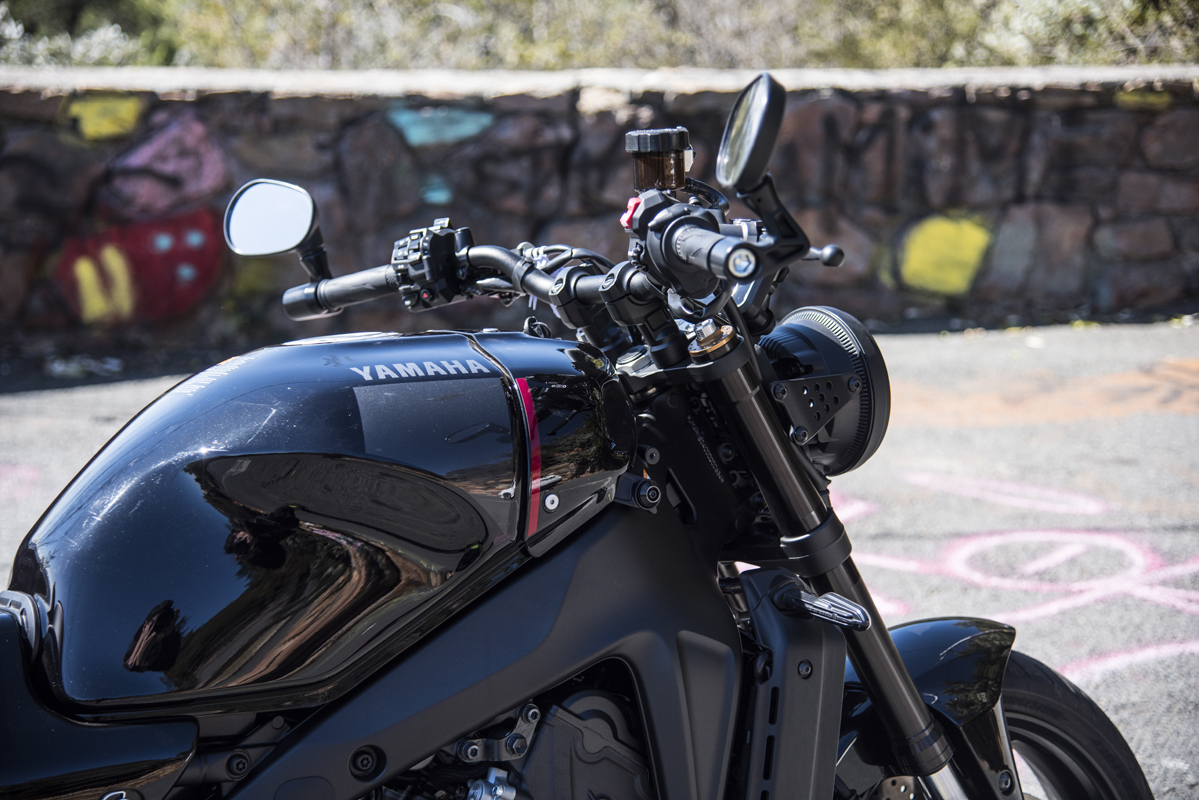
But, to try and pigeonhole the XSR900 into the retro class is to completely miss the point: it’s not trying to be retro. The only thing that convinced us that it was trying to be retro is the yellow and black paint job it gave one of the earlier XSR900 models, aping the GP race bikes of Kenny Roberts.
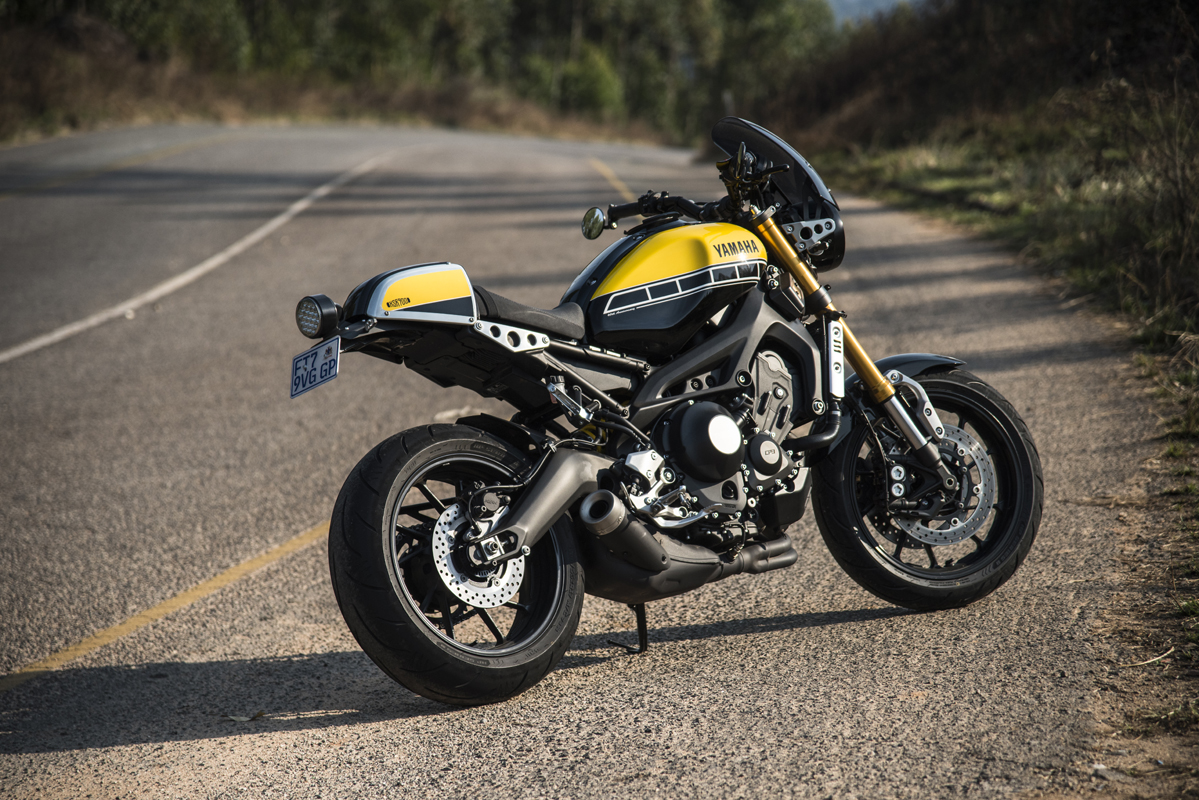
And, if it’s a modern interpretation of a café racer, then that’s just a style of motorcycle that’s back in vogue and as far from anything Yamaha produced in the 1970s and ‘80s as the Ténéré 700 is.
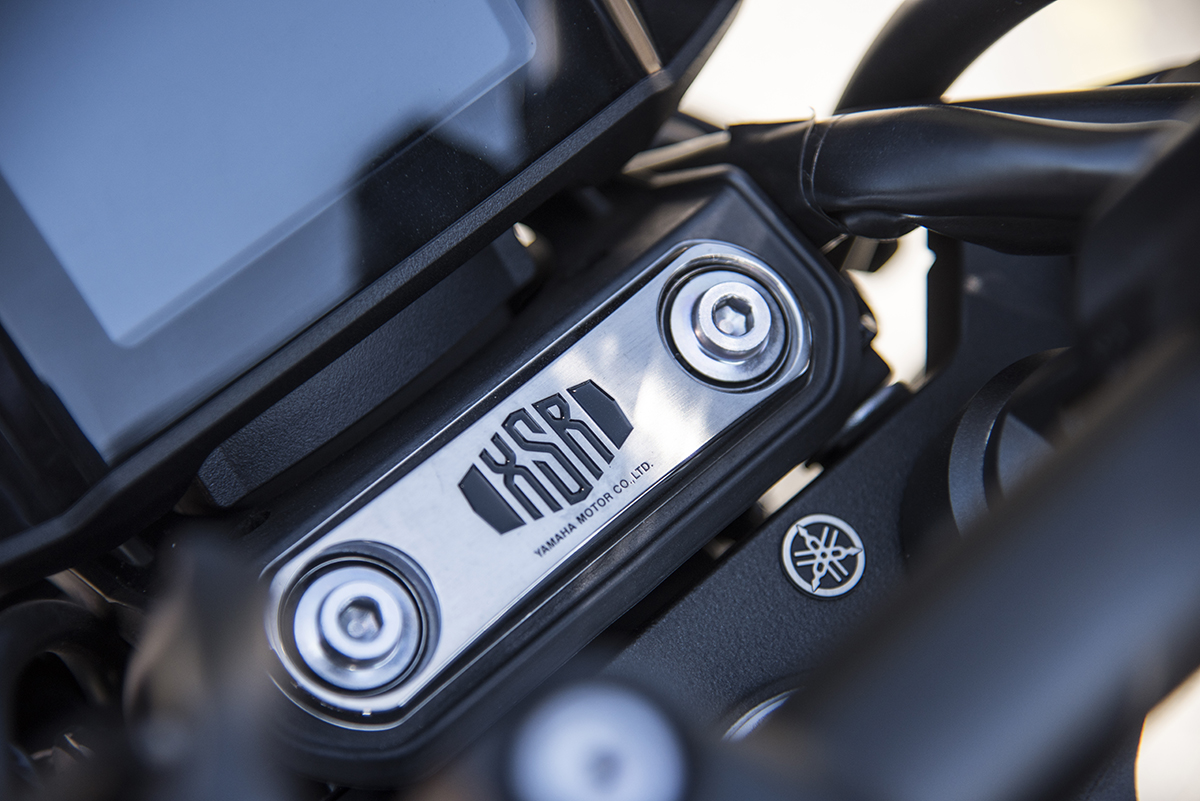
Look past the retro appeal, however, and this is a fantastic road bike. The CP3 engine is just lovely, full of power and torque and character, with a great soundtrack from the exhaust. If only the exhaust looked as good as it sounds but more of that anon.
The electronics have been upgraded to Bosch cornering ABS, there are four power modes and three riding modes, the sportiest of both making the throttle a little sharp, especially around town in traffic, but knocking it back a step or two smooths things out nicely. The twin four-piston brakes up front have a superb feel allied to huge power when called for. There is a bidirectional quick shifter and, if the TFT dash is a little small, then it is still legible and, really, it’s perfectly big enough for practical purposes and it is well positioned for quick glances. There is even cruise control.
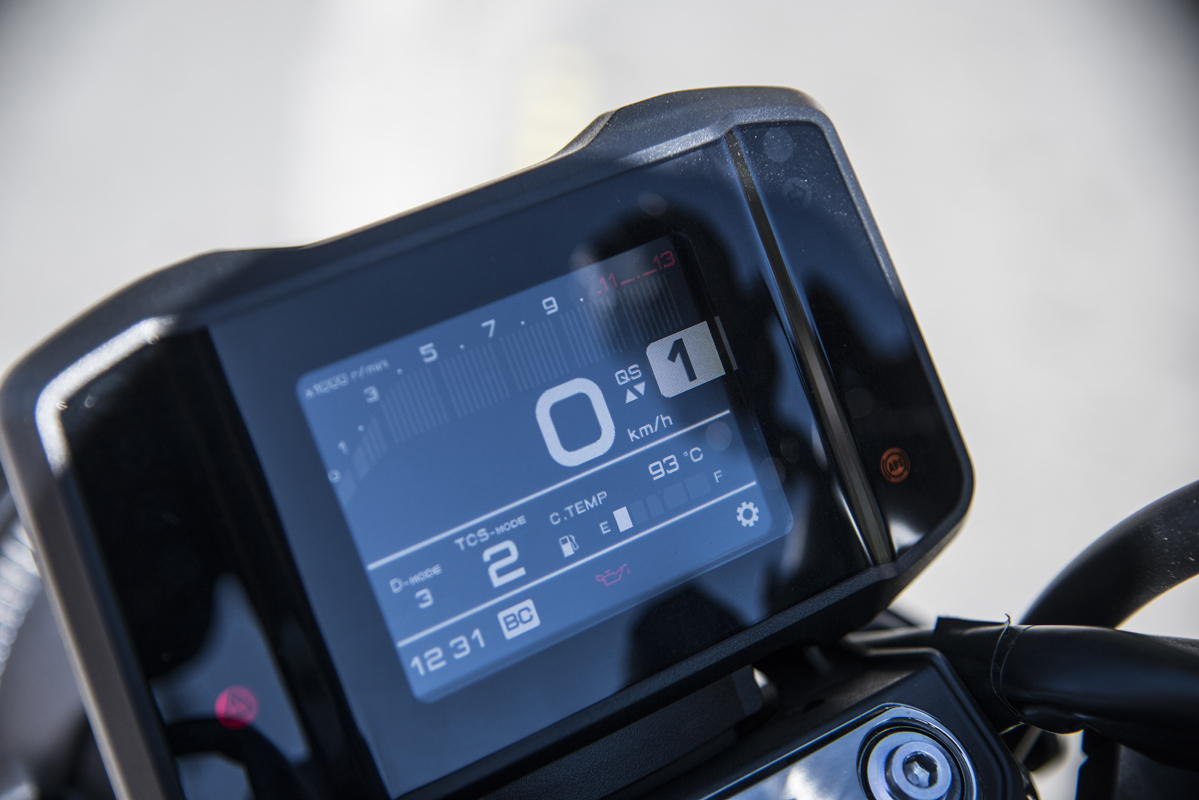
The riding position is absolutely spot-on, even for tall old me: you are leant forward into an attacking position but there never seems to be too much weight on the wrists and it manages to be at once both racy and comfortable, no matter the riding situation. Hell, it’s even great on the highway. There is a lot of adjustment built into both the handlebars – vertical and rotated fore and aft – and the footpegs – up and down and backwards.
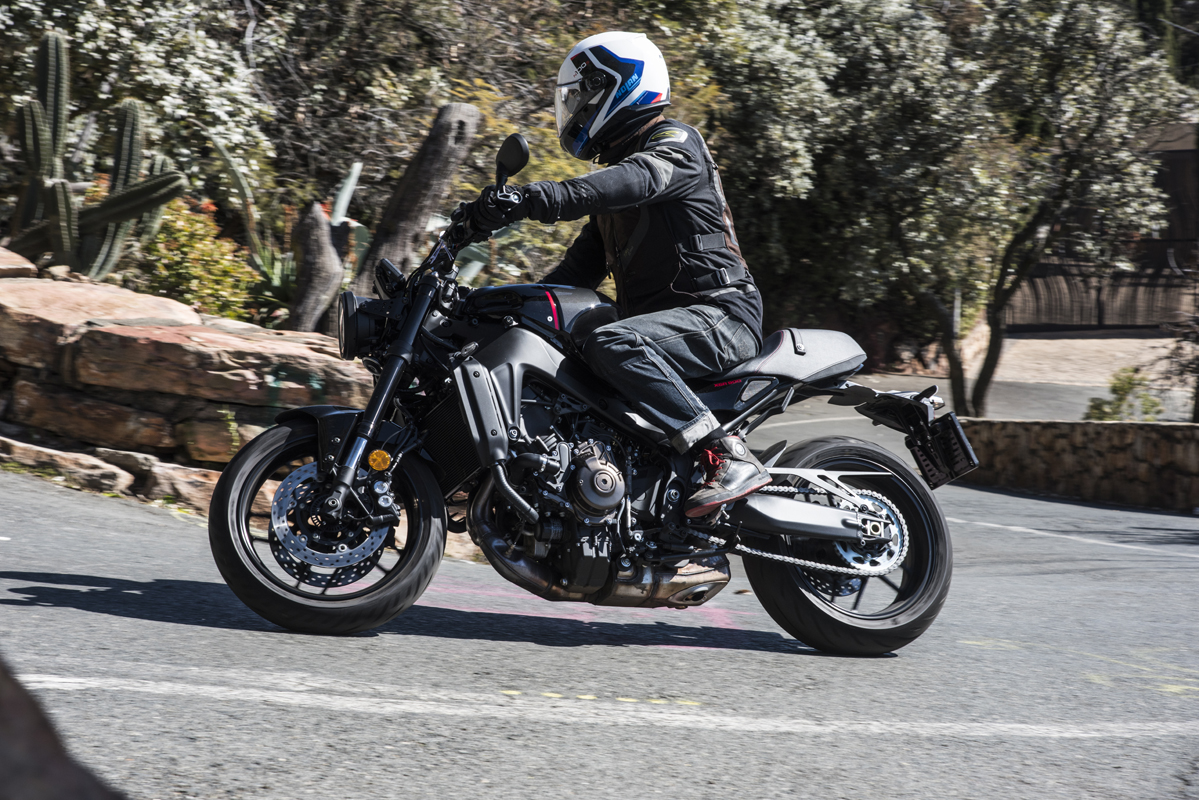
117 horsepower is more than enough, especially when the power is delivered with a creamy smooth urge from anywhere in the rev range all the way up to the limit: the midrange is punchy and that punch continues all the way to the top. It’s massively impressive and so easy to tap into.
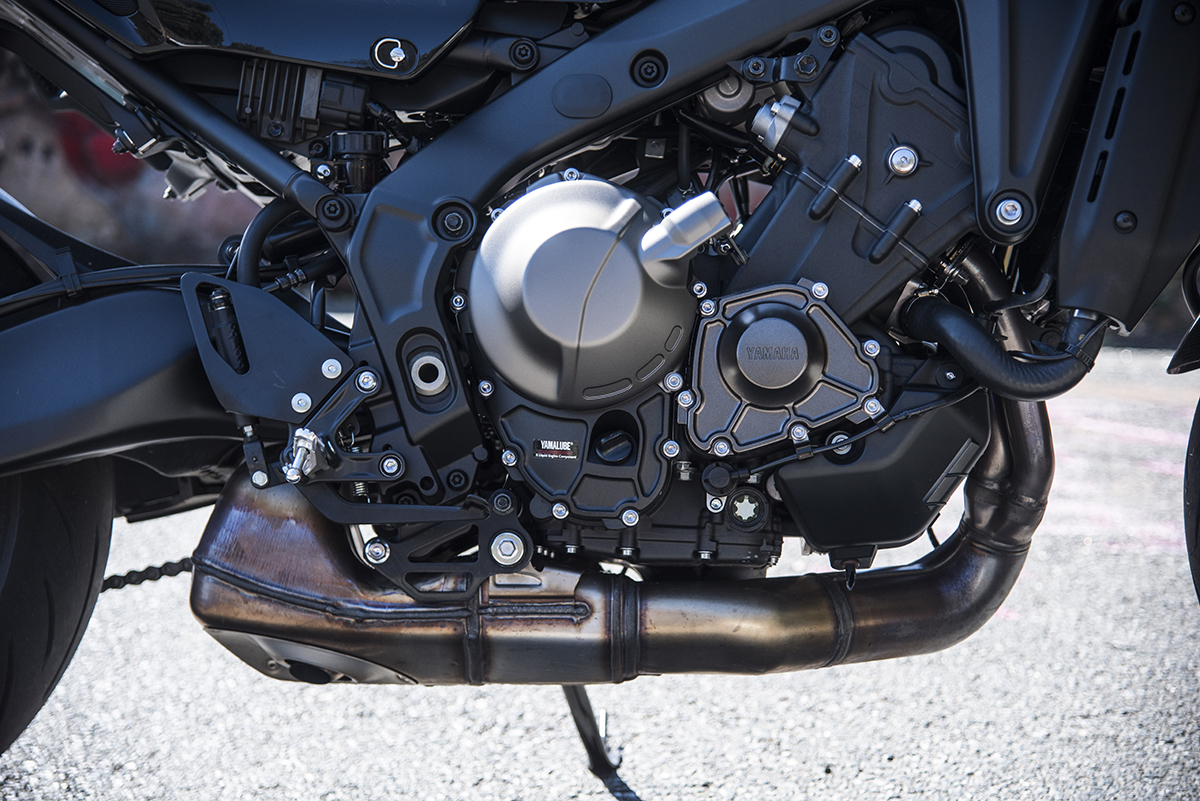
Yamaha has done a lot of work on the chassis, which is now 2.3kg lighter and an incredible 50% stiffer, as is the swing arm, which is also 59mm longer, increasing the wheelbase and allowing the rider to be positioned further back, improving the weight distribution. The seat is 20mm lower than on the previous XSR900. The stability is impressive, the steering pin-sharp but never too quick to make progress jerky.
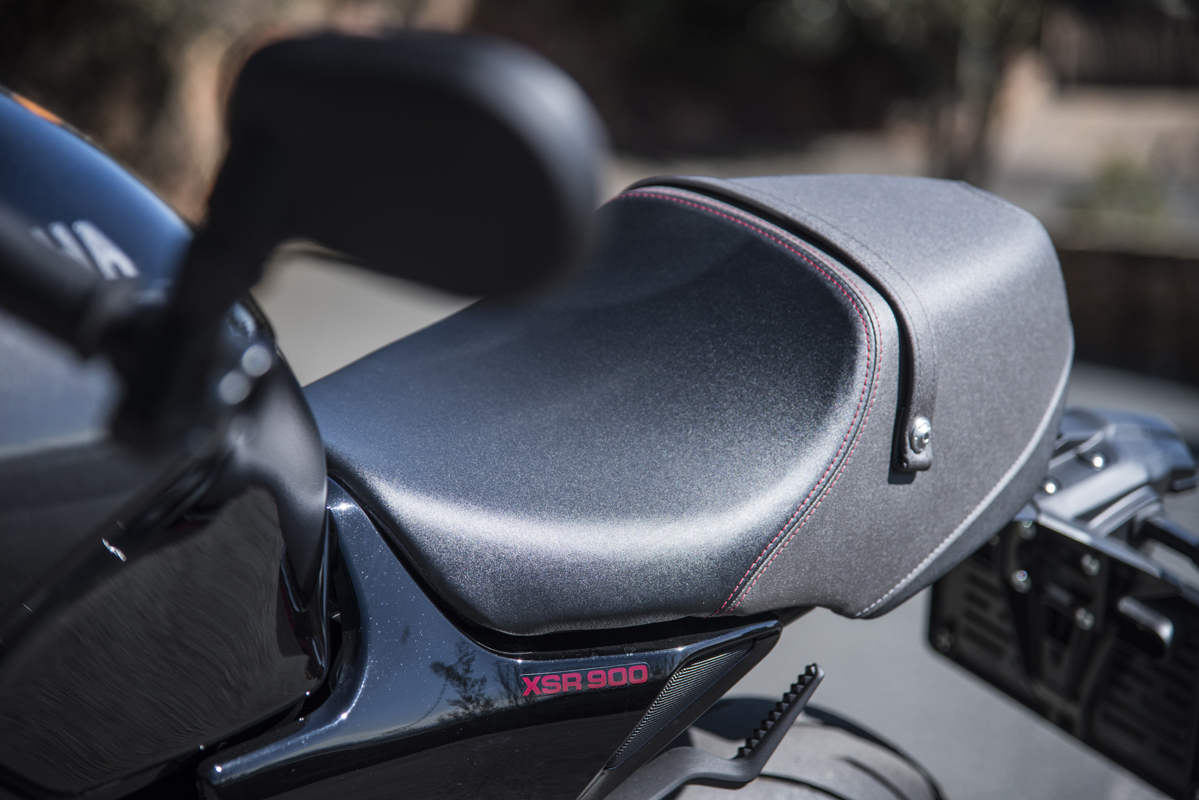
The upshot of all this is a motorcycle that is so completely easy to ride and get the most out of. Getting on and riding away, you immediately feel comfortable and at one with the bike and encouraged to push the performance envelope. The forks are fully adjustable but, if I were you, I’d leave them well alone and simply concentrate on riding, letting the bike’s dynamics do all the work for you.
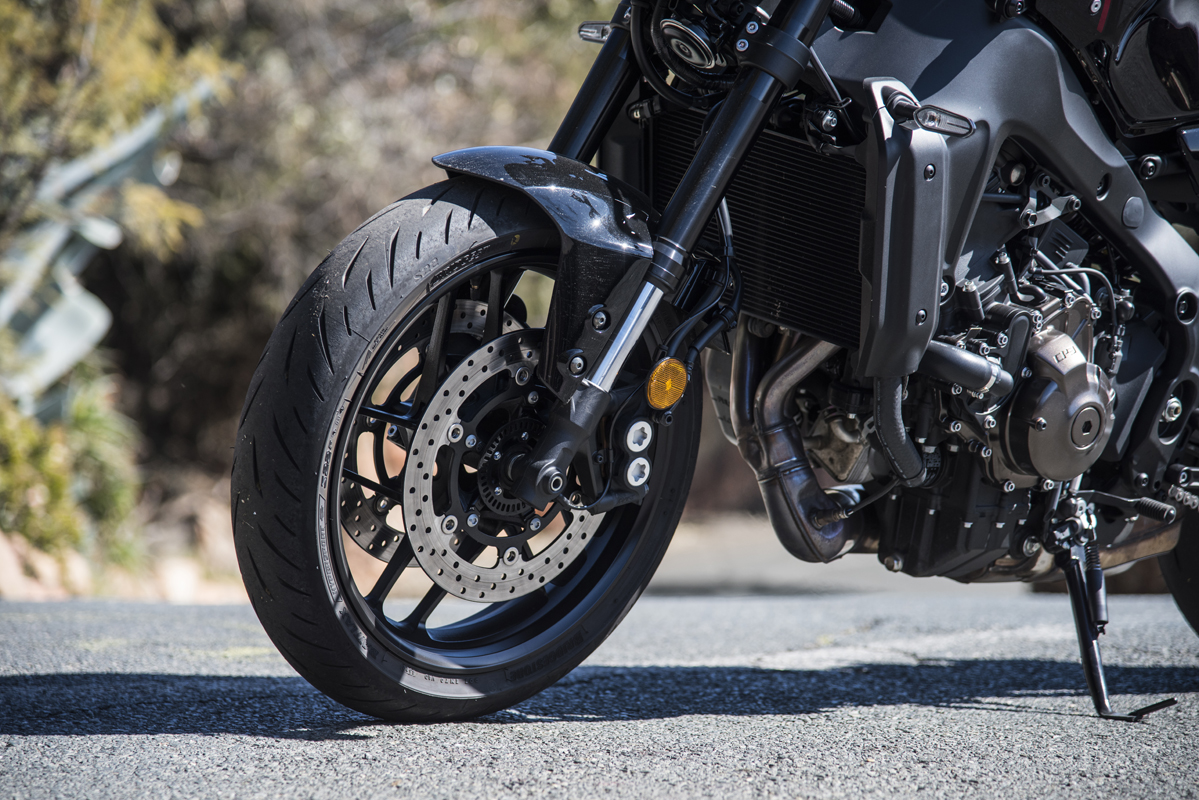
I’ve left the looks to last for one specific reason and that is to allow the important factors to shine, although I realise that leaving my one criticism to last might leave the reader with the wrong impression. Let me reiterate that this is a fantastically brilliant bike, with absolutely no vices whatsoever and a completely engaging character.
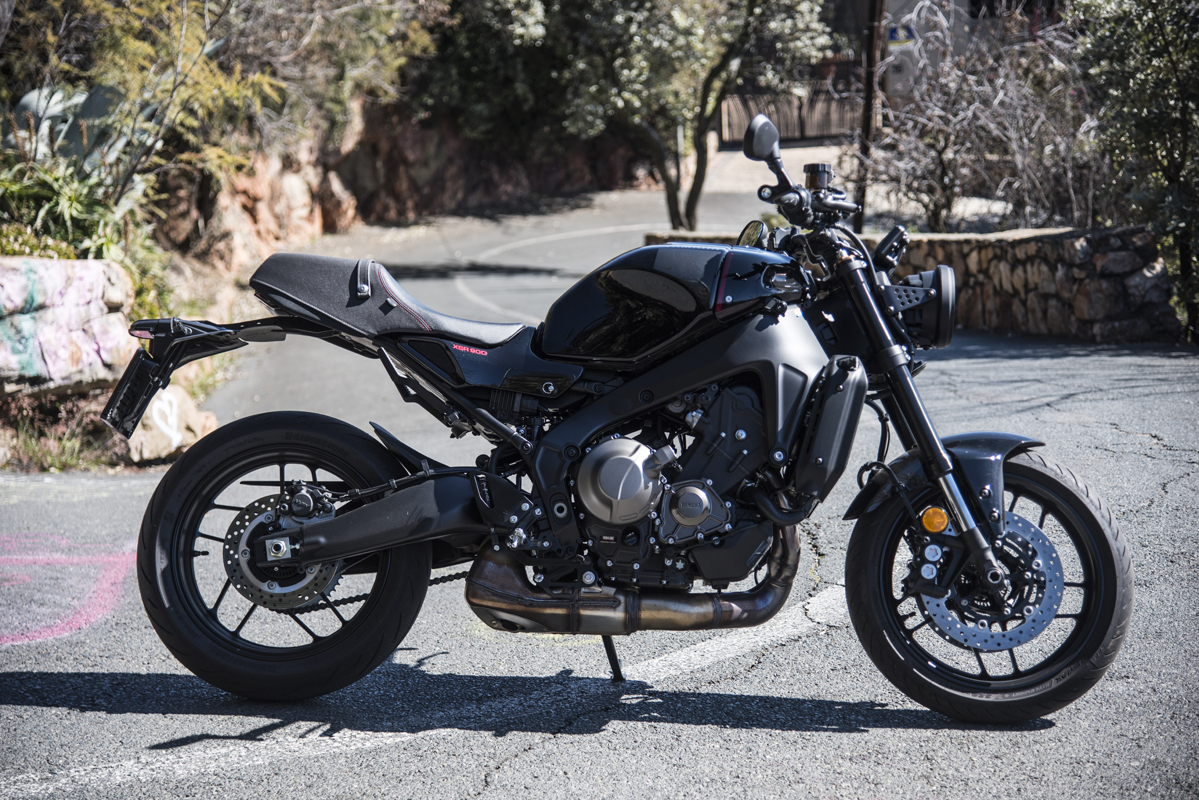
Overall, I like the looks. The test bike was the black version which suits the bike but, to my mind, the blue and gold version really takes the laurels. Of course, it changes nothing about the riding experience but it really matches the character of the bike.
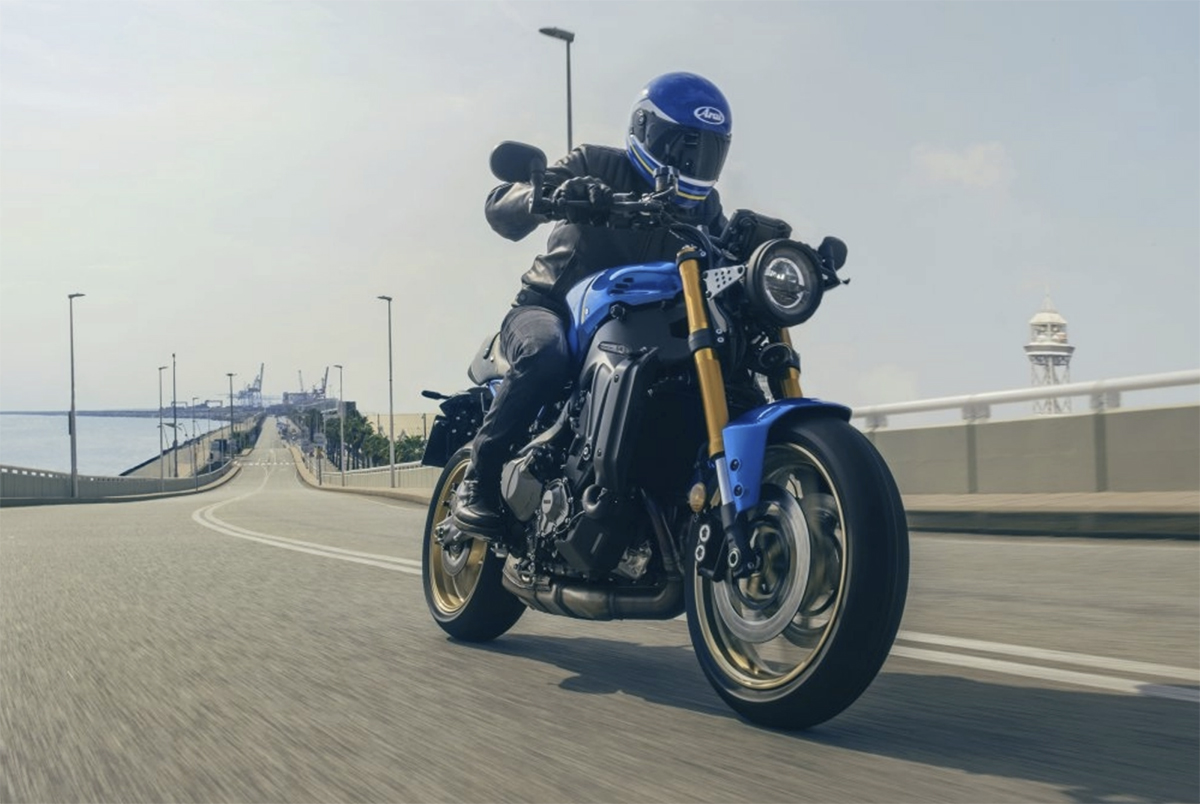
The one blot on the landscape is the exhaust. Three slender header pipes emerge from the engine, converging on a surprisingly large diameter collector pipe. From there it goes into what has to be one of the largest and ugliest catalytic converter/silencer boxes I’ve ever seen on a motorcycle. With the bike on the side stand and looking at it from the right-hand side, it is just huge and really unsightly and Yamaha has made absolutely no effort to disguise it, which I find really surprising and a little disappointing.
There are no silencers in the conventional sense at all, the exhaust gases exiting from the bottom of the box, which is a neat enough solution and it certainly makes all the right noises but, boy, is it unsightly. If it was my bike, the first thing I would do is fit an aftermarket full system exhaust.
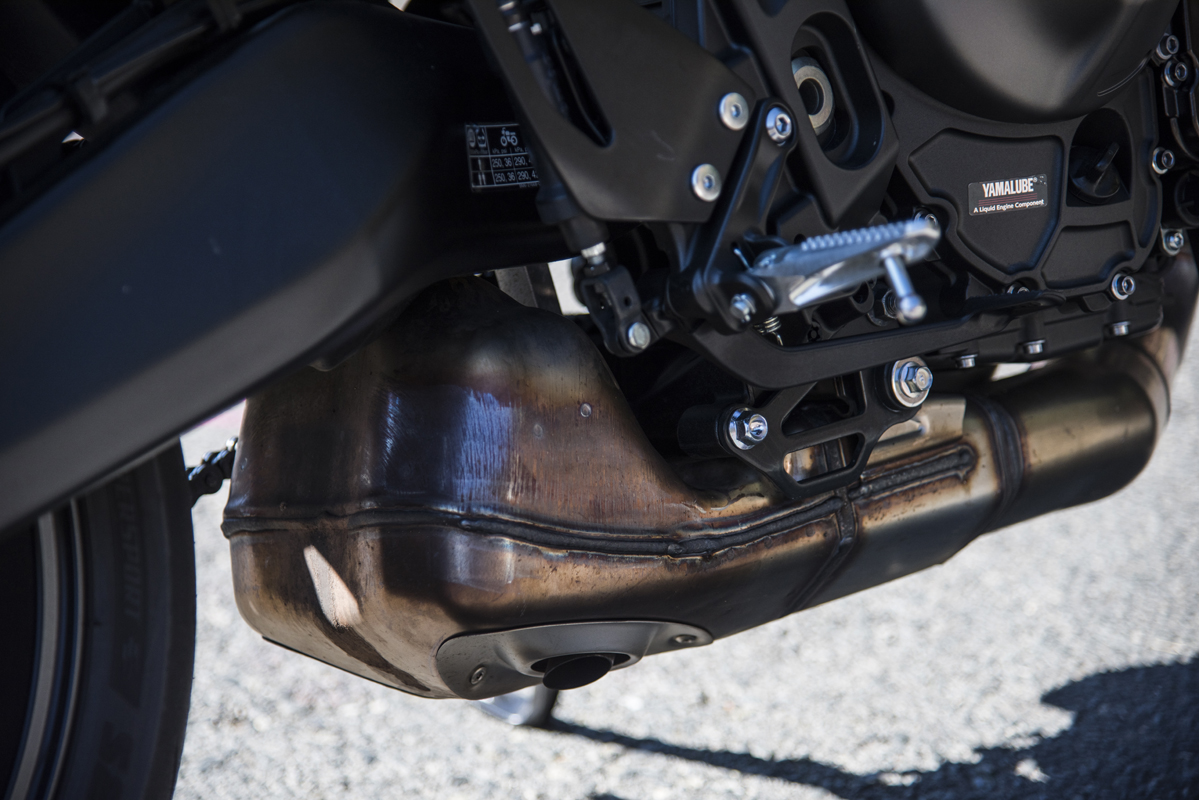
Is it enough to cross this bike off the want list? Of course not: the XSR900 is too good everywhere else to let something you can’t even see when riding it have the casting vote. And, believe me, it is good. No, it’s better than good: it’s brilliant, and it was one of those bikes that I was completely reluctant to give back. I just can’t see a time when I would be bored of it or need anything else in the garage.
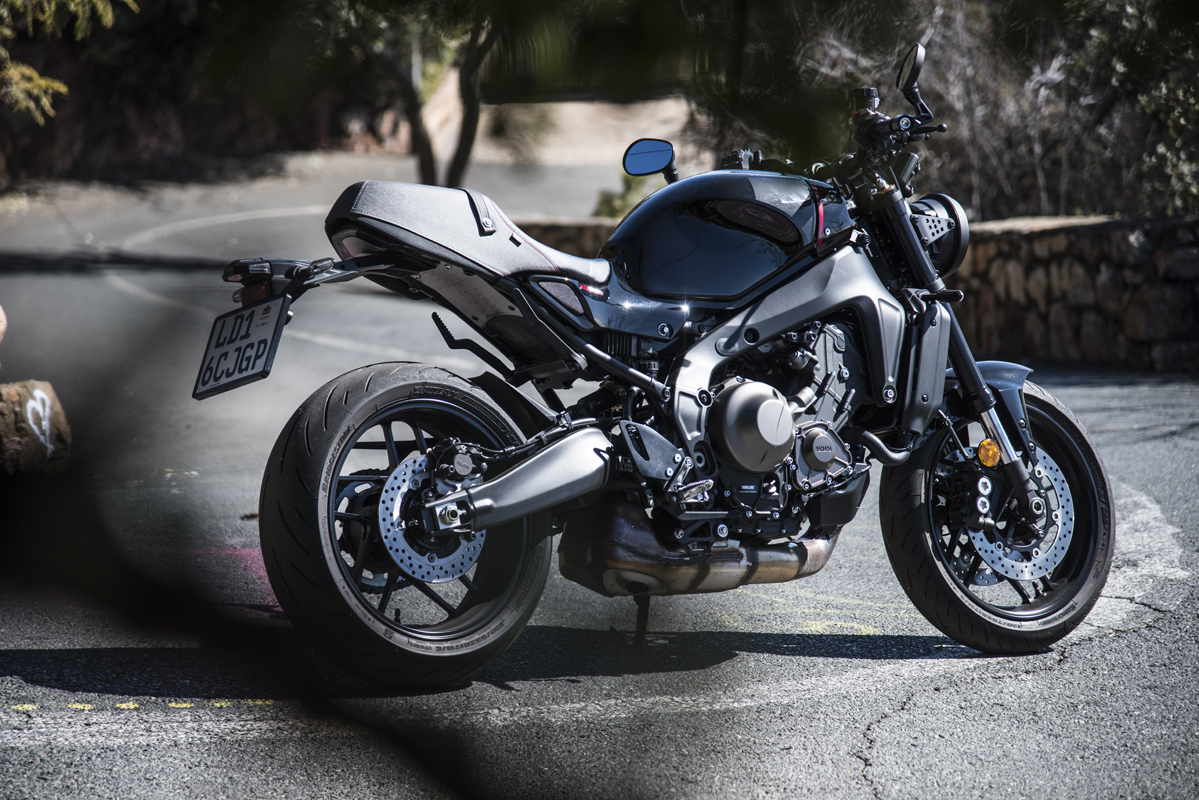
Yamaha XSR900
For more information on the bike featured in this article, click on the link below…




